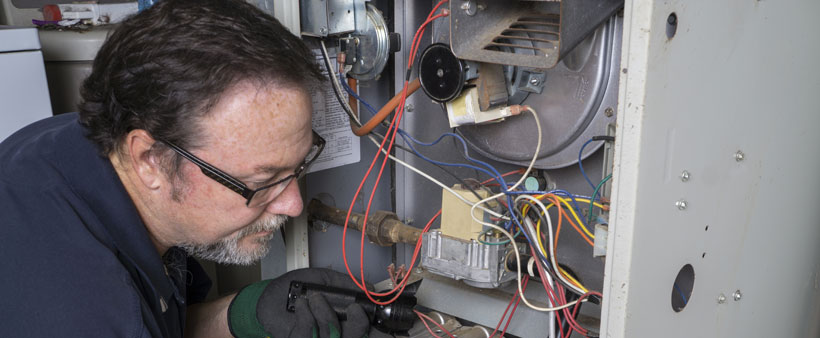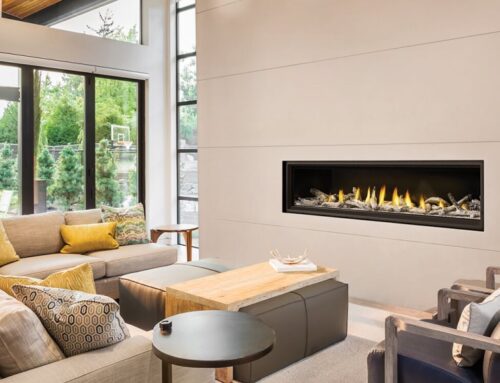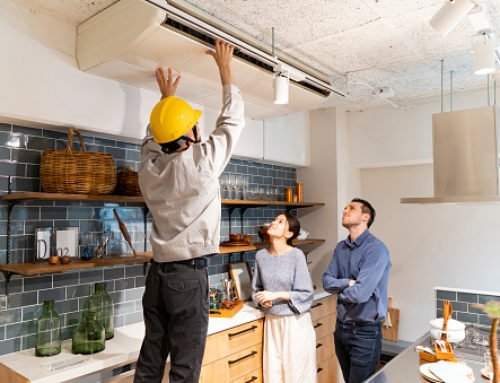At Canada HVAC, we know that furnace parts aren’t a matter of common knowledge among most of our customers. But it’s important to be familiar with all parts of your heating system so that you’re confident discussing your furnace.
Below are the most common furnace parts—explained.
Blower — Part of your furnace that pushes air through the ducts and into your living space.
Blower Chamber — Where all of the heated air gathers before being distributed throughout your home by the blower.
Blower Motor — Operates the blower and pushes air through your ducts.
Burners — Where heat is produced; a mixture of air and fuel is burned to create heat. There are many different styles of burners which can change the shape and direction of the flame.
Burner Cover — Cover for the burner that increases efficiency by containing the heat and protects other furnace parts from overheating.
Combustion Chamber — Area containing the air and fuel mixture, burners and igniter. The heat is created in this section and passed into the heat exchanger.
Damper — Plate or valve that controls the airflow within your furnace and ductwork.
Exhaust Stack — How poisonous gas such as carbon monoxide is removed from your furnace.
Flame Sensor — Used to provide system confirmation that the burners are properly lit.
Furnace Switch — Controls the power to your furnace. Often found on a wall nearby and is easily confused for a light switch.
Gas Control Valve — Regulates the amount of gas that can travel to the burners.
Gas Shutoff Valve — Valve on the exterior of your furnace that can shut off the gas to the whole system.
Heat Exchanger — After heat is created in the combustion chamber, it passes through the heat exchanger to heat the air that will be distributed throughout the home.
Igniter — Starter for the burning fuel and air mixture in your system.
Register Return — Where cool from the home enters and is directed back to the furnace.
Return Duct — The ductwork that connects the return register to your furnace.
Supply Duct — The ductwork that connects your furnace to the supply register.
Supply Plenum — Where the cool air initially passes over the heat exchanger and enters into the supply duct.
Supply Register — Final point in each room where warm air enters and heats your home.
We believe it’s important for homeowners to have a basic understanding of how furnaces work so that they’ll be comfortable speaking with a heating specialist about furnace replacement.
If you’re looking for a new furnace, chose Canada’s #1 furnace and air conditioning source!
Get started with Canada HVAC today!
Canada HVAC is a licensed, bonded and insured company with over 30 years of industry experience between our partners. We work with local HVAC contractors who have been vetted and certified and together we provide air conditioning and furnace installation and repair at unbeatable prices with unmatched guarantees.






